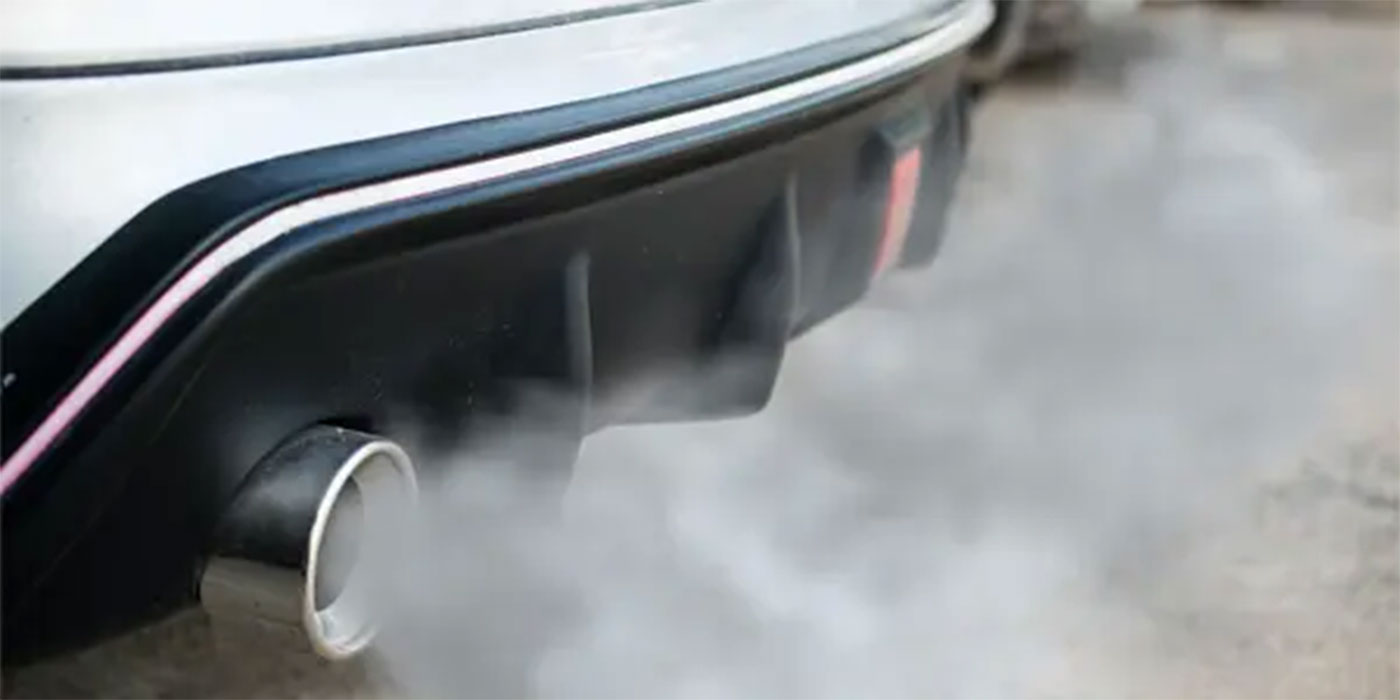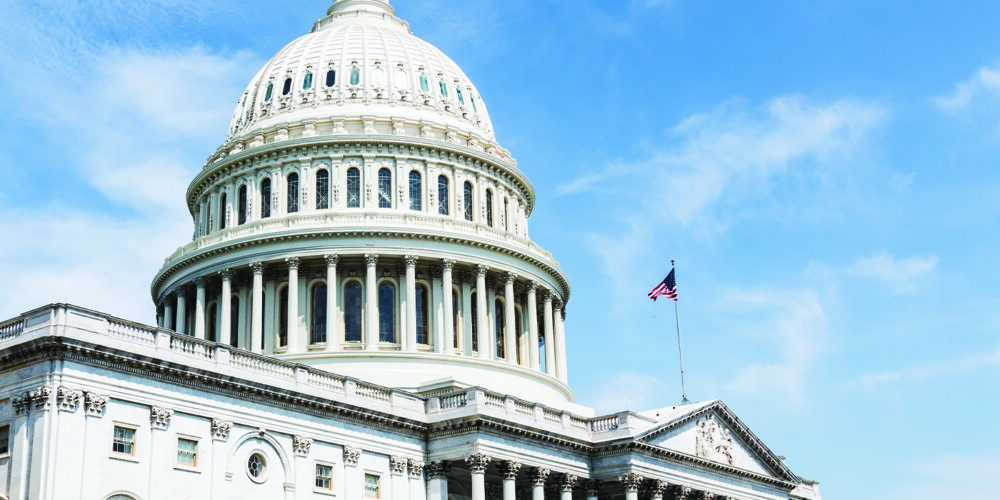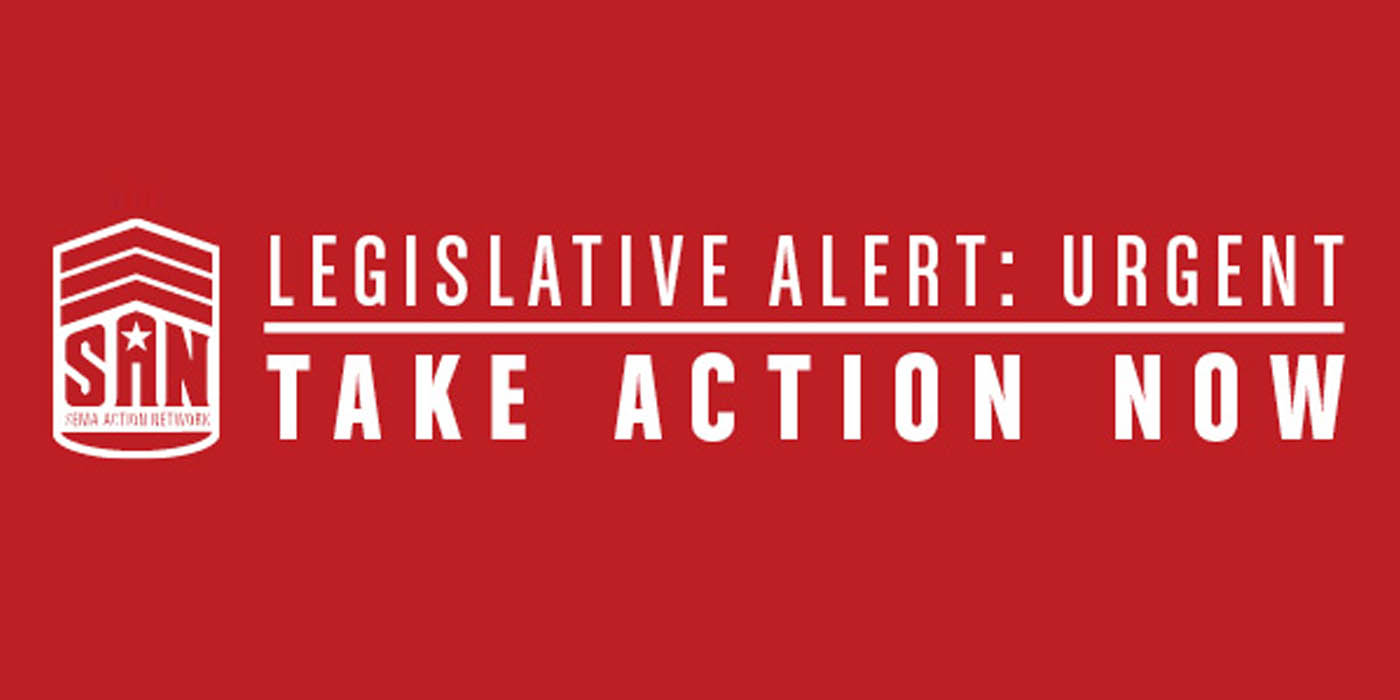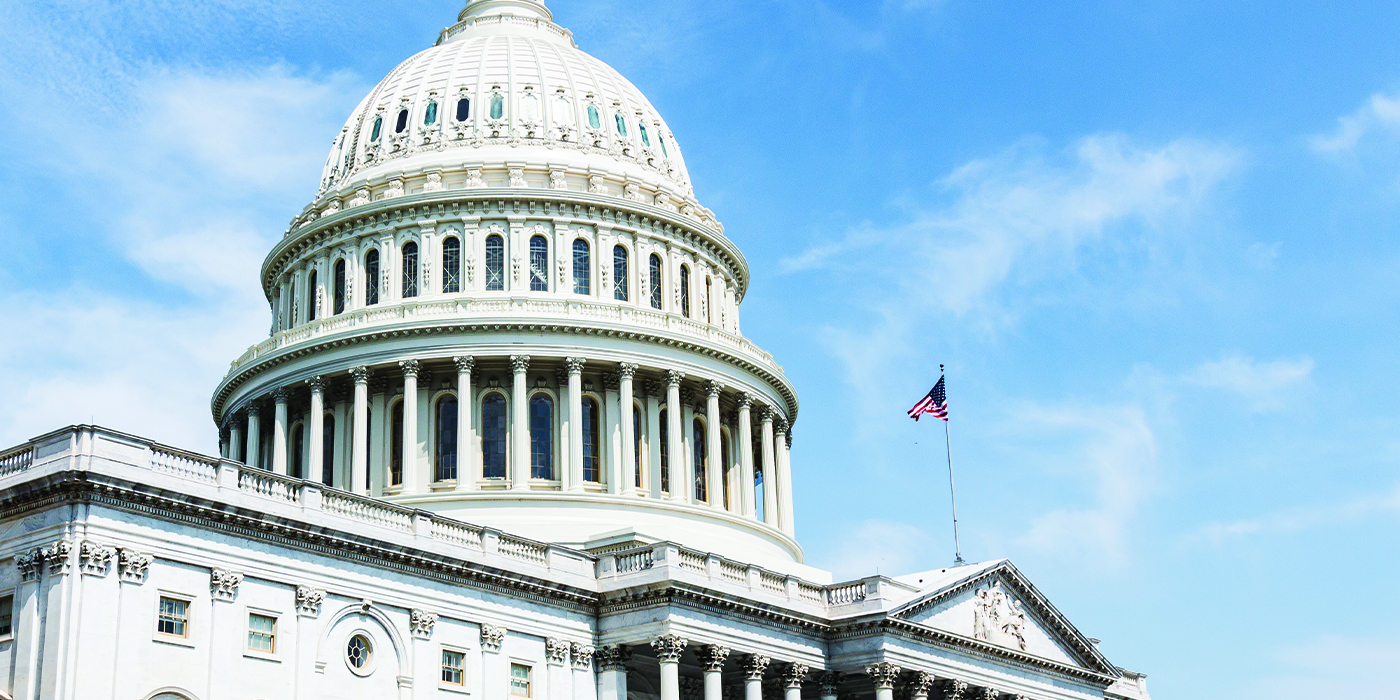RESEARCH TRIANGLE PARK, N.C. – New information from the Automotive Aftermarket Suppliers Association’s monthly e-newsletter “Aftermarket Supplier Insight,” indicates that proposed federal fuel economy regulations could be a positive for the automotive aftermarket.
Government regulations usually mean more red tape and more interference in the marketplace – understandably leading to industry resistance, according to AASA, however in this instance it may turn out to be positive, the association says.
“These proposed regulations are still under discussion, but there are a number of reasons that they may be good for the aftermarket,” noted Steve Handschuh, president and COO of AASA. “First and foremost for our industry is that more fuel-efficient cars could lower the cost per mile driven, encouraging consumers to drive more – and the primary driver of the aftermarket is miles driven.”
“In addition to the potential increase in miles driven, these proposed regulations could make the aftermarket less vulnerable to fuel price spikes,” said Paul McCarthy, AASA vice president, industry analysis, planning and member services. “By making new cars more expensive, new fuel economy regulations could lead to consumers holding on to their current vehicles longer and increase the average vehicle age, another positive for the aftermarket.”
The new standards also are likely to rely on more new and advanced technologies – less proven technologies that may be less reliable. That will potentially lead to more repairs – and repairs that are more complex and expensive, according to McCarthy.
“This fits what happened the last time the United States market had a major increase in fuel economy regulations in the late 1970s and early 1980s,” he explained. “The massive technical shift from carburetors to fuel injection, to smaller and higher stressed engines, and the advent of lightweight front-wheel drive cars, brought with it many reliability problems.”
Finally, the proposed fuel economy standards aren’t really as challenging as they seem on the surface, McCarthy noted. “Proposed mileage targets will equate to significantly lower miles-per-gallon (MPG) due to optimistic test and regulatory loopholes. So fuel economy standards are the opposite of that old warning in passenger side mirrors – they are smaller than they actually appear,” he explained.
However, the proposed new regulations aren’t all good news for the aftermarket, AASA points out. Should they be implemented, they also carry a number of risks for aftermarket suppliers, as noted in the AASA article:
• It could take a long time for the aftermarket to see any benefits. Most of the target improvement may come close to 2025, and the vehicle fleet turns over slowly.
• The independent aftermarket will need to work hard to convince consumers that it can deliver the advanced technology and quality level required by these more complex vehicles.
• The new regulations will require some additional cost in the aftermarket, just as on the OE side, in terms of engineering and tooling to adapt to the new technology.
“Arguably the biggest long-term threat to the aftermarket is a change in driving behavior leading to a reduction in consumer miles driven,” McCarthy explained. “Economics count, and a government-sponsored lower per mile variable cost for consumers may be the best way to maintain an automotive-centered culture in North America.”
The full text of the AASA Supplier Insight article, “Market Analysis: New Fuel Economy Regulations – Why They May Be Good for the Aftermarket,” is available online at this link.










